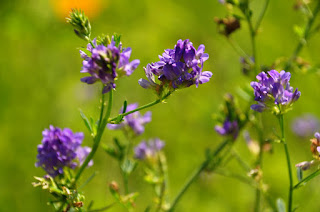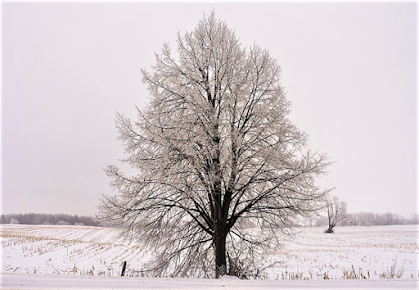Tree of Heaven and the Spotted Lanternfly
 |
| Juvenile spotted lanternfly (nymph) Photo by: Emelie Swackhamer, Penn State University, Bugwood.org |
Did you know that the invasive tree of heaven is the favorite host plant of the spotted lanternfly? It’s important to know the connection between these two species as they are quickly becoming a significant concern in our region.
The tree of heaven is native to China and was introduced to
the United States in the late 1700s. It was initially valued as a fast-growing
ornamental species that tolerates a wide range of site conditions. Despite the
species commonly being sold through nurseries, it fell out of fashion due to
its weedy nature and foul odor by the mid-1800s. The invasive species continued
to spread and affect native ecosystems across most of the country.
 |
| Tree of heaven leaves, leaflets, and seed clusters. Photo by: Chuck Bargeron, University of Georgia, Bugwood.org |
The tree of heaven is a prolific seed producer, grows
rapidly, and can quickly out compete native vegetation. Studies have shown that
a single tree can produce up to 325,000 seeds per year. Once established, the
trees also produce numerous suckers from the roots and resprout vigorously from
cut stumps and root fragments. In addition, the trees produce an allelopathic
toxin that prevents the establishment of other nearby plant species.
The spotted lanternfly is an insect native to Asia that
feeds on the sap of various plants, with a preference for the tree of heaven.
This insect was accidentally introduced to the United States in 2014 and has
quickly spread, now being found in 14 states. Although not yet widespread in
Michigan, this invasive pest has the potential to damage our crops, trees, and
landscapes, threatening our agricultural and native ecosystems.
 |
| Adult spotted lanternfly. Photo by: Lawrence Barringer, Pennsylvania Department of Agriculture, Bugwood.org |
The spotted lanternfly has been known to feed on over 100 different types of plants, including many agricultural crops such as soybeans and grapes, as well as several common forest and ornamental plants. The insects don’t consume the fruit or leaves on plants, but instead use specialized mouthparts to pierce the plants and suck sap from within. The sugary waste produced by this process can coat leaves and stems, which encourages mold growth and can impede photosynthesis. Due to the lanternflies appearing in such large numbers on a single plant, they can cause substantial damage and kill the plant.
Understanding the tree of heaven and its association with
the spotted lanternfly is important in managing and controlling their
populations. By identifying and removing this species of trees, we can disrupt
the life cycle of the spotted lanternfly and reduce its impact on our environment.
Contact our office for further information, or for help
identifying these invasive species.



Comments